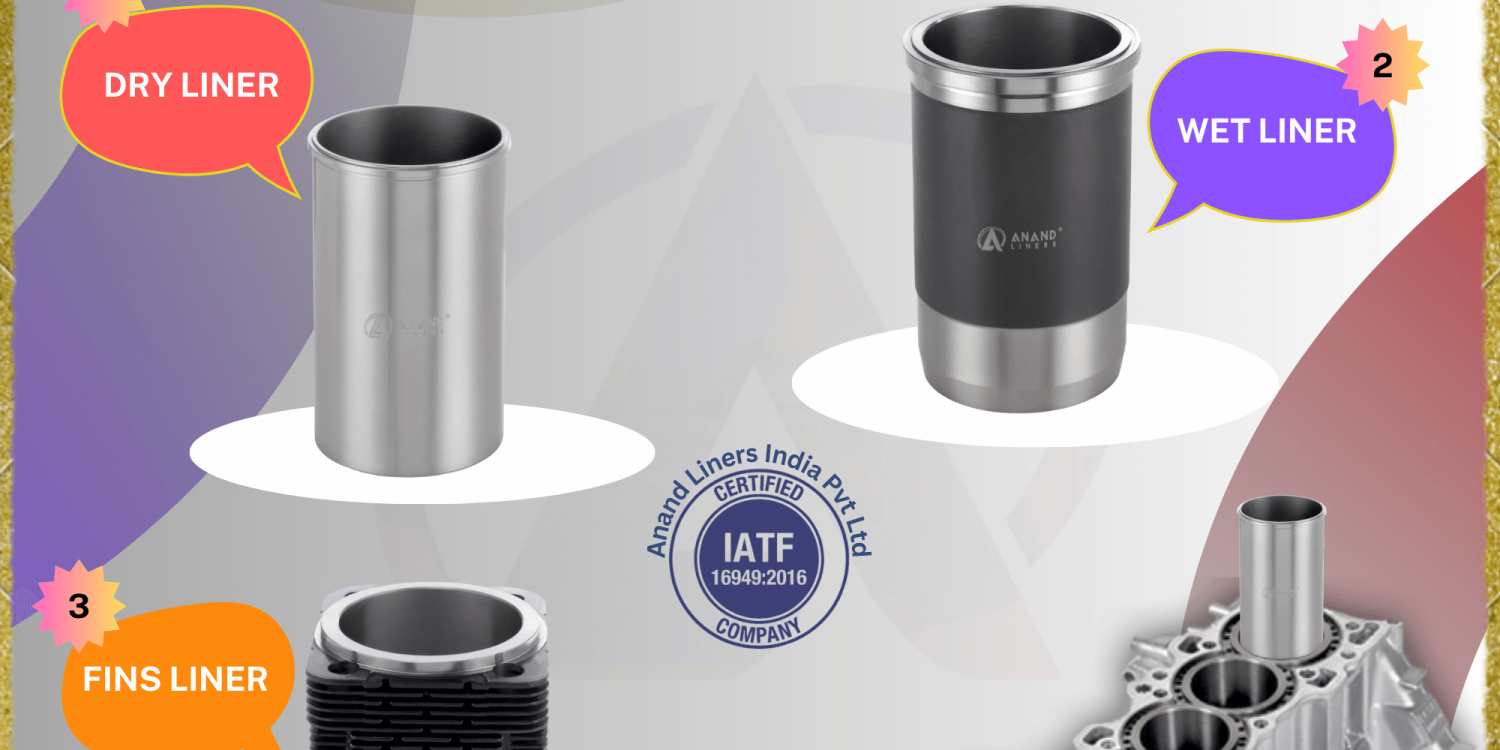Cylinder liners are one of the most critical components in an internal combustion engine, and their design plays a crucial role in determining engine compression and power output. In this blog post, we’ll explore how cylinder liner design impacts these key aspects of engine performance.
- Cylinder Bore Diameter: The diameter of the cylinder bore, which is defined by the inner diameter of the cylinder liners, directly affects engine displacement and compression ratio. A larger bore diameter increases engine displacement, allowing for more air and fuel to be drawn into the combustion chamber, resulting in higher power output. However, increasing the bore diameter also reduces the thickness of the cylinder wall, which may compromise structural integrity and increase the risk of cylinder distortion.
- Cylinder Wall Thickness: The thickness of the cylinder wall is critical for maintaining cylinder stability and preventing distortion under high pressure and temperature conditions. Thicker cylinder walls provide greater structural integrity and resistance to deformation, but they also increase engine weight and reduce heat transfer efficiency. Optimal cylinder wall thickness is determined by balancing strength and weight considerations to ensure both durability and performance.
- Surface Finish and Coatings: The surface finish of the cylinder liner can significantly affect engine performance by influencing piston ring sealing and frictional losses. A smooth surface finish reduces friction between the piston rings and the cylinder wall, improving engine efficiency and power output. Additionally, advanced coatings such as diamond-like carbon (DLC) can further reduce friction and wear, enhancing engine durability and performance.
- Cylinder Liner Material: The material used in the construction of the cylinder liner has a significant impact on engine compression and power output. Common materials include cast iron, aluminum alloy, and ceramic. Cast iron liners are durable and have good thermal conductivity, making them suitable for high-performance engines. Aluminum alloy liners offer lightweight and excellent heat dissipation properties, while ceramic liners provide superior wear resistance and thermal stability.
- Cylinder Liner Design for Turbocharged Engines: Turbocharged engines rely on increased cylinder pressure to generate higher power output. Cylinder liners in turbocharged engines must be designed to withstand higher combustion pressures and temperatures while maintaining optimal sealing and lubrication. Reinforced cylinder liners, improved cooling passages, and advanced surface treatments are commonly employed to enhance durability and performance in turbocharged applications.
Conclusion: In conclusion, cylinder liner design plays a critical role in determining engine compression and power output. By carefully considering factors such as cylinder bore diameter, wall thickness, surface finish, material selection, and design considerations for turbocharged engines, engineers can optimize engine performance, efficiency, and reliability. Understanding the impact of cylinder liner design on engine performance is essential for developing high-performance engines that meet the demands of modern automotive applications.
For more information about our products, visit our website: https://www.anandliners.com/
Call now – +91-98240-84840












